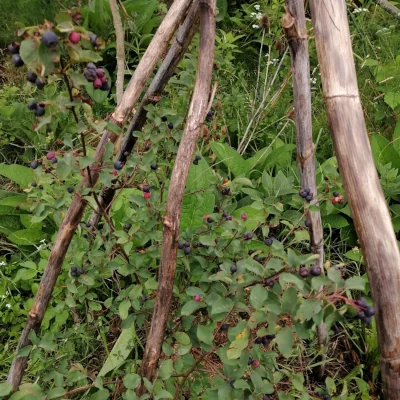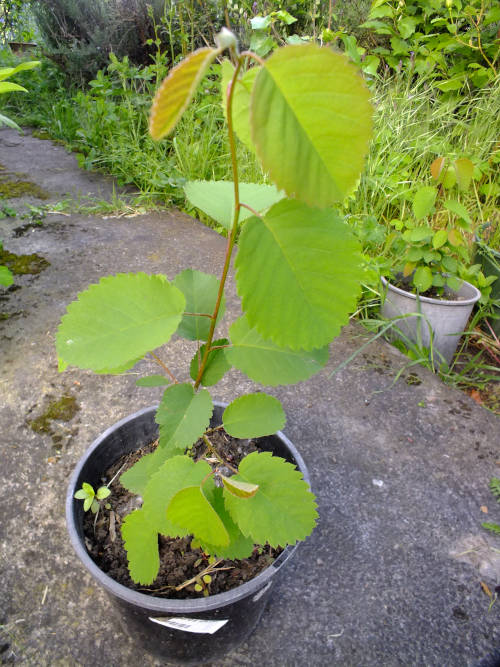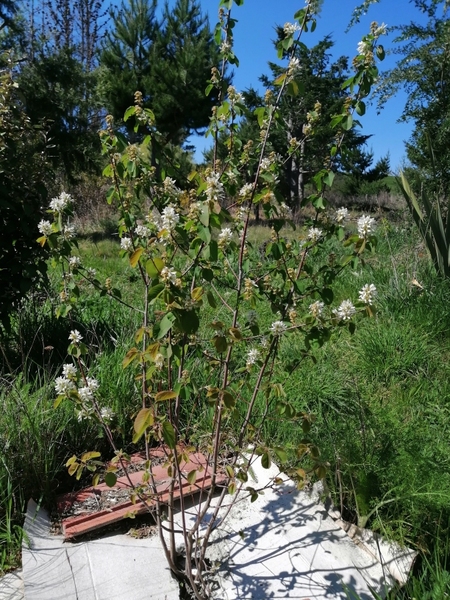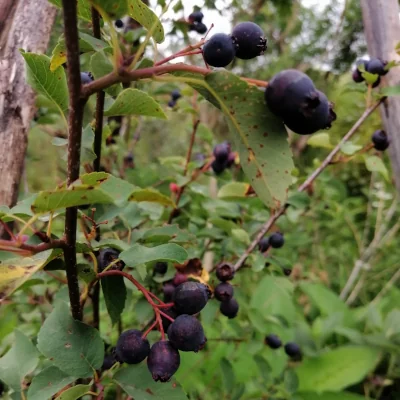Service berry seeds
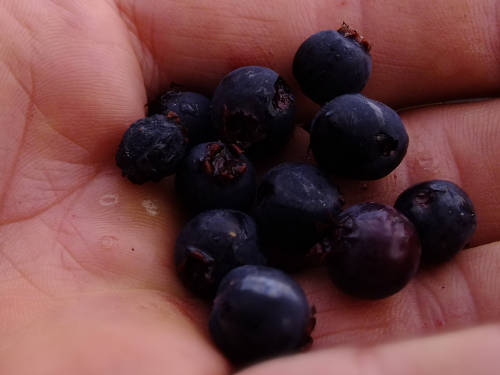
Common name
June berry, Saskatoon
Botanical name
Amelanchier alnifolia
Details
A versatile deciduous shrub or small tree native to temperate regions. It is admired for its delicate white spring blossoms, edible sweet berries in summer, and vibrant autumn foliage. Thriving in well-drained soils and partial to full sun, it is drought-tolerant once established.
Serviceberries attract pollinators, birds, and wildlife, making them a favourite for ornamental and ecological landscaping. Easy to grow and hardy, the Amelanchier is both beautiful and beneficial for gardens and natural areas.
Produces flowers and edible fruit after 5 - 6 years. Slow to germinate as seed requires sold stratification. Read more about propagation and cultivation in the product details.
Serviceberries attract pollinators, birds, and wildlife, making them a favourite for ornamental and ecological landscaping. Easy to grow and hardy, the Amelanchier is both beautiful and beneficial for gardens and natural areas.
Produces flowers and edible fruit after 5 - 6 years. Slow to germinate as seed requires sold stratification. Read more about propagation and cultivation in the product details.
Edible
Fruit / berries
Perennial
Propagate
February
March
April
May
Price
$4.90
20 seeds
